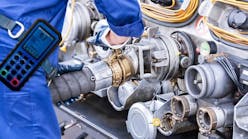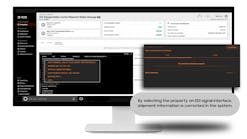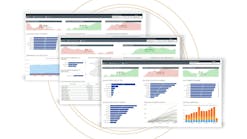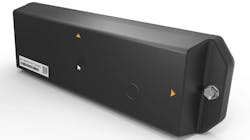BlackBerry Limited recently launched a new series of BlackBerry Radar devices for hazardous materials carriers.
The new H2M IS series is backed by an ‘Intrinsically Safe’ certification designation, enabling BlackBerry Radar, an asset tracking solution, to target transportation and logistics companies that move hazardous materials, including fuel haulers, tank carriers, ocean shipping lines, and railroads, the company reported.
The Intrinsically Safe designation includes the C1/D1 level of certification, the highest level of safety available for the transport of hazardous goods. BlackBerry Radar is compliant with the IECEx/ATEX Zone 0/UL913 safety class, which allows safe operation in hazardous and explosive environments.
Early access versions of the new devices are available now to select customers and general availability is scheduled for fall 2023.
“BlackBerry Radar devices are extremely reliable and robust, even in extreme conditions such as dirt, snow, or high temperatures,” Christopher Plaat, BlackBerry Radar SVP and GM, said in a news release. “The new series takes that one step further, providing peace of mind to hazardous materials carriers in the oil and gas, chemicals, and agricultural sectors.
“Gaining the Intrinsically Safe and C1/D1 certifications validates our best-in-class technology. We look to further grow our leadership position within an industry that is ripe for digital transformation, creating new options for transport and logistics companies around the world.”
BlackBerry Radar is an easy-to-install, asset monitoring solution, taking only minutes to set up, and provides near real-time information through an intuitive dashboard. All data is transmitted and stored securely on a cloud platform, which maintains the privacy of user information at all times.
Incorporating all of the existing capabilities of the company’s leading Radar H2 device, the new Intrinsically Safe devices are augmented with multiple new features and capabilities, including sensor readings that provide valuable information on cargo status, railcar brake status, and impact events.
The new release also comes at a time of increased U.S. regulatory scrutiny of the rail industry following several high-profile safety incidents, with the Association of American Railroads (AAR) mandating that any telematics device installations on Class 1 railroads after Jan. 1, 2024, must be minimally safe in line with American National Standard Institute (ANSI) recommendations.










